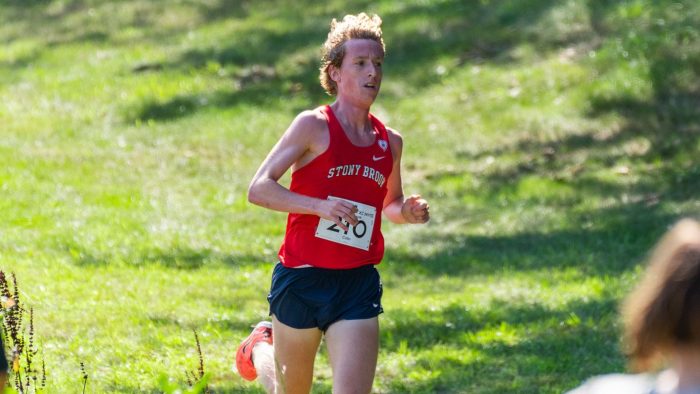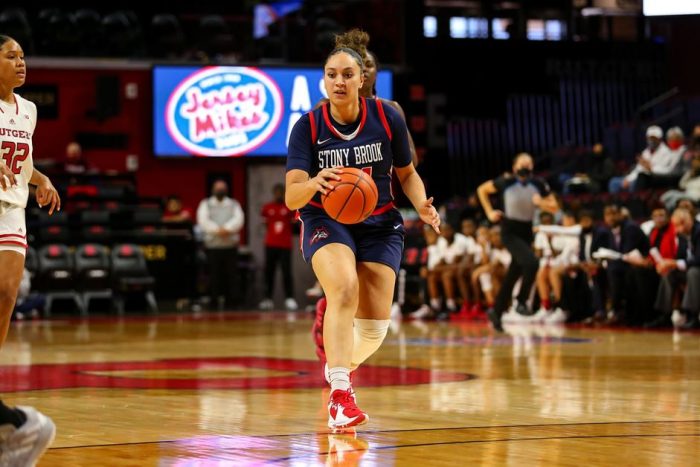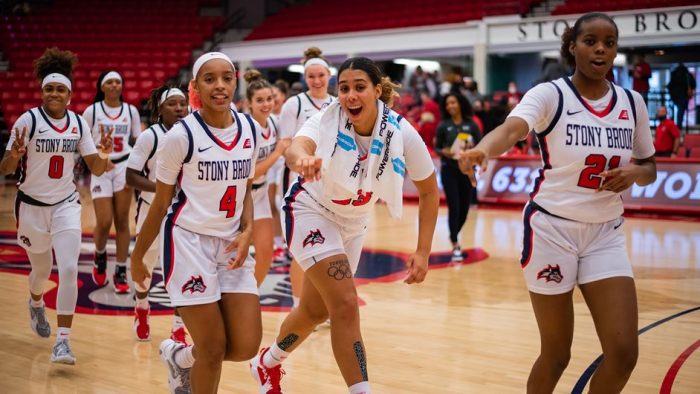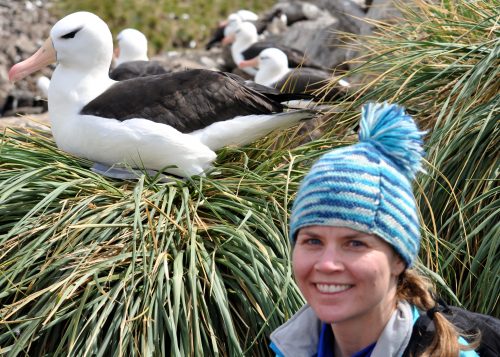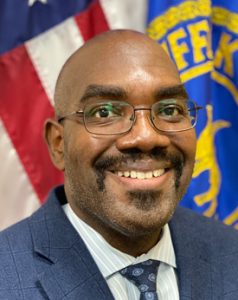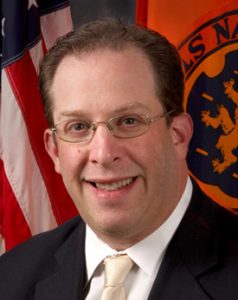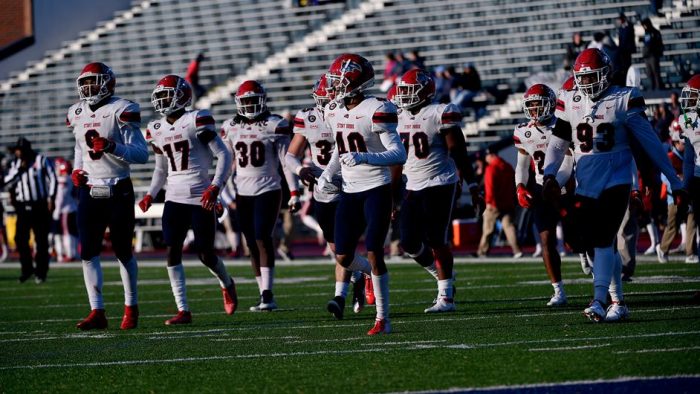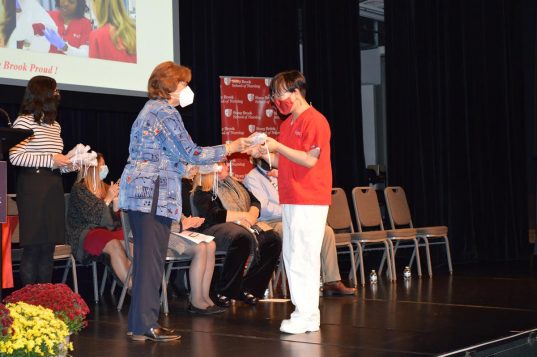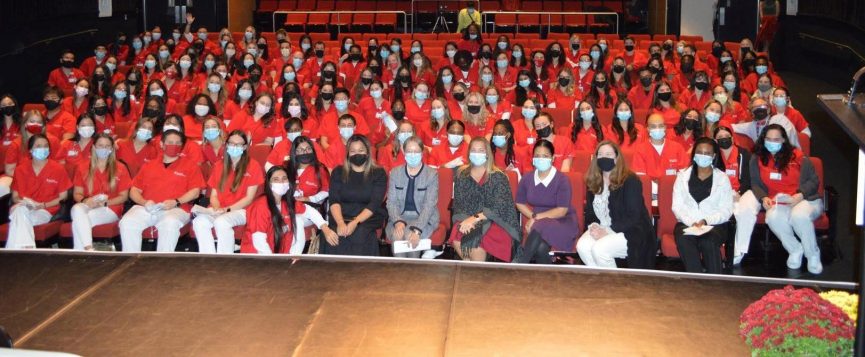By Daniel Dunaief
Her colleagues highlight the joy, passion and optimism she brings to her work, which can be the opposite of the way people she is eager to help feel.
Dr. Christine DeLorenzo, Professor of Psychiatry and Biomedical Engineering at Stony Brook University, studies depression.
A disease with numerous symptoms that likely has a wide range of causes, depression presents an opportunity for Dr. DeLorenzo to bring not only a relentless energy to her work, but also an engineer’s perspective.
“Engineering is all about examining a complex problem and thinking, ‘I bet we can fix that,’” explained Dr. DeLorenzo in an email. “Biomedical engineering takes it to a new level.”
Indeed, Dr. DeLorenzo specializes in brain imaging, using positron emission tomography, among other techniques, to understand and differentiate the factors that might contribute to depression and to develop ways to treat specific subtypes of the mental health disease.
Dr. Ramin Parsey, who mentored Dr. DeLorenzo and is professor and Della Pietra Chair of Biomedical Imaging at Stony Brook, believes she will help define the subtypes of depression by imaging the brain.
For Dr. DeLorenzo, the abundance of discussion in the popular and scientific literature that currently attributes the progression of depression to a host of causes, from eating the wrong foods to not exercising enough to not getting the right amount of sleep, doesn’t offer much clarity.
“We see a million articles about what causes depression and they don’t all agree,” said Dr. DeLorenzo. “Depression is caused by a bunch of different things, which is not all that helpful when you’re the person suffering.”
In her brain studies, Dr. DeLorenzo has looked at inflammation and neurotransmitter systems. The goal of her work is to find “whatever is outside the normal range in the person with depression and treat” that potential cause, she said. High levels of inflammation might suggest an anti-inflammatory treatment.
When people receive a major depressive disorder diagnosis, they often are prescribed a selective serotonin reuptake inhibitor, or SSRI. This enables the neurotransmitter serotonin to remain in the brain for a longer period of time.
“It’s great that it works in a subset of people” for whom it is effective, Dr. DeLorenzo said. “We would like to know beforehand if we give this medication will it work for you, specifically.”
In one of her studies, Dr. DeLorenzo uses positron emission tomography, or PET scans, to search for signs of inflammation. She is looking for translocator proteins, which is a marker of inflammation. Reactive glial cells in the brain, which are an important supporting part of the nervous system that don’t have axons and dendrites like nerve cells, increase the production of these proteins during some depression and other disorders.
The level of these translocator proteins increase in glial cells when the brain is having an inflammatory response, which likely occurs in a subtype of depression as well as in other diseases.
Dr. DeLorenzo has a PET tracer that sticks to that protein and that gives off a signal to the camera, which enables her to quantify the inflammation.
At this point, she and her collaborators, including co-Principal Investigator Dr. Parsey and Dr. Stella Tsirka, Professor of Pharmacological Sciences at Stony Brook, are recruiting a collection of patients with depression. They are testing the idea that people with higher inflammation are better treated with an anti-inflammatory. They are using PET to see who has high or low inflammation prior to treatment. During the study, the researchers will determine if those with the highest inflammation had the best response.
Dr. Tsirka’s lab uses animal models to understand mechanisms of disease and experiment on treatment, while Dr. DeLorenzo uses neuro-imaging in human patients to understand and treat pathology.
“Our preclinical results certainly support the idea of the neuro-inflammation hypothesis of depression” and suggest potential ways to interfere with the process in preclinical models, Dr. Tsirka explained in an email.
Dr. Tsirka, who has been working for Dr. DeLorenzo for over three years, described her colleague as “enthusiastic, rational creative and hard working” and believed imaging could provide a way to verify efficient treatment of depression.
By understanding the biology of the brain, Dr. DeLorenzo hopes to address a range of questions that might affect the disease.
In other work, Dr. DeLorenzo is exploring the possibility that a disruption in glutamate leads to circadian and mood dysfunction in a subtype of depression.
In some studies with glutamate, researchers assessed mood before and after sleep deprivation. They found that sleep deprivation provided an antidepressant effect in about 40 percent of patients with Major Depressive Disorder.
A healthy person would typically become tired and angry after staying awake for 36 straight hours. Some people with this form of depression, however, see an improvement in their mood after staying up for so many hours.
“Something about sleep deprivation causes an antidepressant effect in some people,” Dr. DeLorenzo said. “We don’t know what that is.”
The antidepressant effect can be short lived, although about 10 percent of people have benefits that last as long as a few weeks.
To be sure, Dr. DeLorenzo cautioned that no one is “advocating just doing sleep deprivation” or even a continuous cycle of partial sleep deprivation.
Born and raised in Bay Ridge, Brooklyn, Dr. DeLorenzo earned her undergraduate and Master’s Degrees at Dartmouth College. She earned her PhD from Yale University, where she started her brain imaging work.
When Parsey left Columbia to join Stony Brook in 2012, Dr. DeLorenzo moved with him, even though her commute from Queens was three hours each way.
“She never complained” about her travels, Dr. Parsey marveled. In fact, Dr. DeLorenzo uses the commuting time to read papers and prepare emails.
Dr. Parsey admired Dr. DeLorenzo’s dedication to teaching and mentoring students in her lab. In her first summer, she took on 17 interns. “This is the kind of stuff that nobody else I know does,” Dr. Parsey marveled.
As for her work, Dr. DeLorenzo believes understanding sub-categories of mental health will follow the same pattern as cancer research. “Back in the day, we used to say, ‘Someone has cancer or a tumor.’ Now, we say that that tumor has this genetic marker, which is what we’re going to target when we treat it.”

